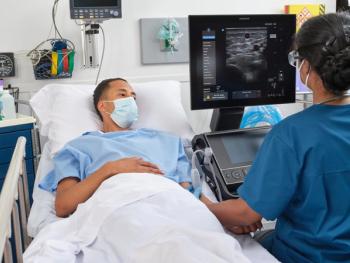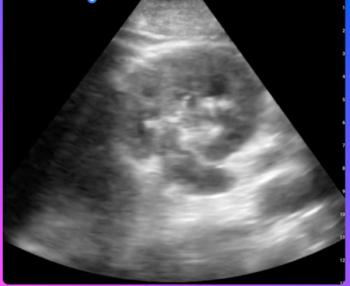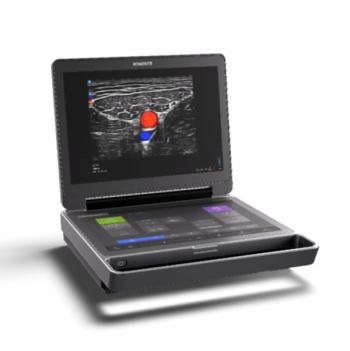
Report from AIUM: 3D ultrasound provides diagnostic options for infertile women
Three-D ultrasound could offer a minimally invasive alternative to hysterosalpingography and endoscopy of the fallopian tubes in apparently infertile patients, according to a study presented Monday at the 2005 American Institute of Ultrasound in Medicine meeting in Orlando.
Three-D ultrasound could offer a minimally invasive alternative to hysterosalpingography and endoscopy of the fallopian tubes in apparently infertile patients, according to a study presented Monday at the 2005 American Institute of Ultrasound in Medicine meeting in Orlando.
"Physicians can observe the fallopian tubes transvaginally with 3D ultrasound with enough detail to assess the tubes' functionality in reproduction," said principal investigator Dr. Guido D. Parra, current president of the Colombian Society of Ultrasound in Medicine.
Parra and colleagues assessed 33 infertile patients using 3D in addition to standard 2D sonography prior to exploratory laparoscopy. They studied the uterine cavity and fallopian tubes using a saline infusion as a contrast agent. They registered 2D and 3D data separately for each patient and correlated their findings to those of laparoscopy performed two months later.
The investigators found that detailed visualization and multiplanar reconstruction with 3D sonography allowed for a "virtual falloposcopy." They also found the analysis of stored 3D information could be useful to plan future interventions.
The assessment of the distal part of the fallopian tubes using 2D and 3D sonography demonstrated patency in 49% and 55% of patients, respectively. Although these findings were not statistically significant, 3D imaging allowed better visualization of the fimbrial end of the tubes.
Three-D reduced the mean time for identification after contrast spill. Studies of stored information allowed additional findings with 3D that were not possible with 2D, said Parra, an ob/gyn at the Human Reproductive Institute in Barranquilla.
Three-D sonography allows a virtual exploration of the fallopian tubes in real-time and could avoid exposure to invasive diagnosis or unnecessary surgery. In addition, 3D helps physicians communicate better with patients. Diagnostic findings can be useful in explaining to patients when and if surgery can enhance their reproductive options, Parra said.
Newsletter
Stay at the forefront of radiology with the Diagnostic Imaging newsletter, delivering the latest news, clinical insights, and imaging advancements for today’s radiologists.




























